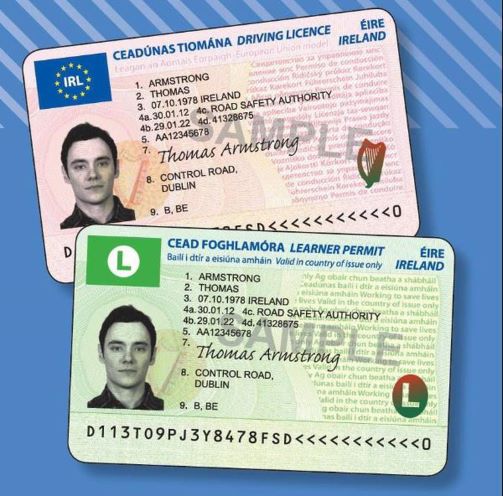What is the license of Wikipedia UK?

What License Does Wikipedia UK Use? Understanding Creative Commons
Ever used Wikipedia to settle a bet or research a school project? It’s a vast ocean of information, all available for free. But have you ever stopped to think about the rules that govern how you can use that info? Many get confused about Wikipedia’s licensing. Understanding it is important whether you’re a casual reader or a regular contributor. Wikipedia uses a special license called Creative Commons. It lets you share and build upon the information.
What is the Creative Commons Attribution-ShareAlike (CC BY-SA) License?
Creative Commons Attribution-ShareAlike (CC BY-SA) is a type of copyright license. It gives you permission to use, share, and even change a work. There are, however, a few things you need to keep in mind. These include giving credit to the original author and licensing your new creation under the same terms.
Core Components of CC BY-SA
CC BY-SA has three main parts you should know about. First, attribution means you must give credit to the person who created the original work. This is normally done by mentioning their name and linking back to the original source. Second, the ShareAlike stipulation says that if you change or build upon the work, you must license your new creation under the same CC BY-SA terms. This ensures everyone can use and share your version, too. Third, this license lets you adapt the work. You can translate it, make a video from it, or include parts in your own projects.
Why Creative Commons? The Philosophy Behind It.
Why does Wikipedia use Creative Commons? It’s about spreading knowledge and encouraging collaboration. It believes information should be freely available. Creative Commons helps make it a reality. It fosters a culture where people can share, adapt, and build upon each other’s work. This creates a richer, more accessible world of information.
Wikipedia UK: Applying CC BY-SA in Practice
Wikipedia UK uses the CC BY-SA license. This means all text on the site is available for you to use. You must give credit, and share alike. Although Wikipedia is global, rules might differ. It’s always a good idea to double-check.
How to Properly Attribute Wikipedia Content
Giving credit isn’t difficult. When you use Wikipedia content, mention the page title. Say who wrote it, and link the license. For example, if you use info from the “London” page, write: “Content from the London page on Wikipedia, licensed under CC BY-SA.” For more help, Wikimedia has attribution guidelines.
ShareAlike in Action: What You Need to Know
ShareAlike means your work must be licensed the same way. If you adapt a Wikipedia article, you have to license your new version under CC BY-SA. That way, others can share and build on your work, too. If you create a summary of a Wikipedia article, you have to use the same license.
Implications for Reusing Wikipedia UK Content
The CC BY-SA license affects everyone. Teachers, businesses, and journalists can use the content. They have to follow the rules.
Commercial Use of Wikipedia Content: Navigating the License
Want to use Wikipedia content for business? That’s OK. You must give credit and use the ShareAlike license. If you use a paragraph from Wikipedia in a textbook you sell, give credit. Your textbook also has to be licensed under CC BY-SA. This lets others share and adapt your work.
Educational Use: Best Practices for Teachers and Students
Teachers can use Wikipedia content in class. It’s important to teach students about copyright. It is crucial to discuss how to use open educational resources responsibly. Show them how to give credit. Teach them about the ShareAlike license.
Contributing to Wikipedia UK: Understanding Your Rights
When you add information to Wikipedia, you give certain rights. You let others use your work freely. It’s good to understand what happens when you contribute.
What Happens to My Contributions?
When you contribute to Wikipedia, your words become part of the shared knowledge base. They are licensed under CC BY-SA. Anyone can use, change, and share them. That’s why it’s important to only contribute content you’re okay with sharing.
Can I Change My Mind? Revising and Removing Content
Made a mistake? Want to change something you wrote? You usually can. Wikipedia lets you edit and revise your contributions. If needed, you can even remove content. However, keep in mind that others may have already used your work. Your edits are visible in the page history.
Common Misconceptions About Wikipedia Licensing
Many people misunderstand Wikipedia’s license. Here are some common myths.
“Everything on Wikipedia is Public Domain”: Debunking the Myth
Wikipedia isn’t public domain. It’s licensed under CC BY-SA. That means you can use it, but you have to give credit. Also, you have to share alike. Public domain means no one owns the copyright. CC BY-SA gives you freedom, but you have to follow the rules.
“I Can Use Images Freely Because They’re on Wikipedia”: Image Licensing Considerations
Watch out for images. They might have different licenses. Look at each image’s page. It will tell you how you can use it. Some images are free. Others have restrictions.
Conclusion: Embracing Open Knowledge with Confidence
Wikipedia’s CC BY-SA license promotes free knowledge. It sparks teamwork. It helps ideas grow. Now you know the rules. You can contribute to Wikipedia. You can use its content responsibly. Spread the word about Creative Commons. Give credit. Share alike. Use Wikipedia with confidence.

Leave a Reply